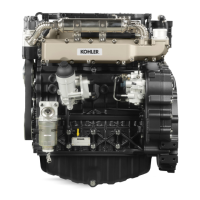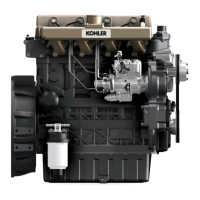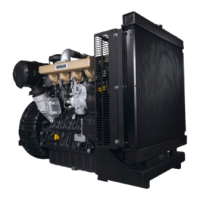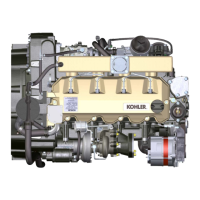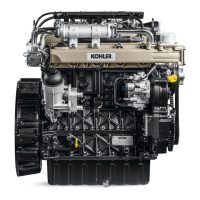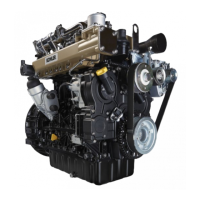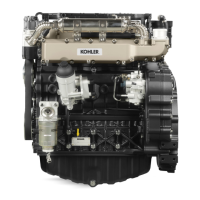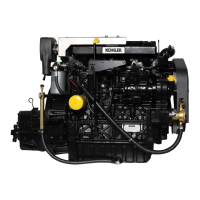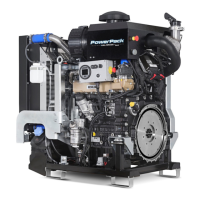55
2
_07
Fig. 2.57
A
B
1
2
3
4
5
6
ED0053029590
TECHNICAL INFORMATION
2.16.5 Hydraulic tappets
POS. DESCRIPTION
A Low pressure chamber
B Hight pressure chamber
1 Hydraulic tappets oil rell pipe
2 Retaining ring
3 Piston
4 Unidirectional valve
5 Tappet body
6 Spring
2.16.5.1 Hydraulic tappet operation
The operating principle of the hydraulic tappet is based on the
incompressibility of the liquids and on controlled leakage.
The oil under pressure enters the tappet chamber A,
providing a constant supply of oil in the low-pressure
chamber.
Through the non-return valve, 4 the oil can only access the
high-pressure chamber B and exit via the clearance between
the piston 3 and the tappet body 5 (controlled leakage).
The chamber B is lled when the rocker arm is on the base
radius of the cam and the spring 6 keeps the piston 3 against
the valve stem, thus eliminating any system play. Thanks
to the spring extension, the tappet "extends", creating a
small depression in the chamber B, making the non-return
valve 4 open, and allowing the oil in the chamber A to pass
to chamber B, restoring the proper amount of oil required to
eliminate any play in the valves.
2.16.5.2 Difcult operating conditions:
For proper operation on the hydraulic tappets it is essential that
the low pressure chamber of the piston 3 is always full of oil.
In some conditions this may not occur (due to the fact that the
oil leaks away when the engine is switched off, which can also
partially drain the tappets). This situation will be the cause of
clearances that will result in a characteristic noise similar to
a ticking sound.
1 - When the engine is cold, the tappet filling time could be
very long if the oil used is not suitable for the specific
environmental conditions (Tab. 2.2).
2 - If the engine is very hot: at idle speed, oil pressure may
be low, and small air bubbles could form in the circuit.
Because of this, this compressing the tappet slightly and
producing valve play which is responsible for the ticking
sound. On account of this, the tappet compresses slightly
giving rise to a valve clearance, thus generating a slight
ticking sound, which however disappears rapidly (MAX
10 seconds) once normal operating conditions have been
restored.
Anyway the duration of ticking Anyway the duration of ticking
sound must be MAX 30 seconds. If not, the problem is surely
due to the poor quality of the oil, wear or impurities that,
transported by the oil, can inltrate between the ball valve and
its seat inside the piston, compromising the operation of the
tappet itself; In these cases, the only solution is to replace the
oil or hydraulic tappets.
The prolonged persistence of the ticking sound or abnormal
noise must be investigating in order to prevent any malfunctions;
if necessary, replace the hydraulic tappets and engine oil.
Tab. 2.43
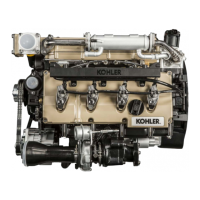
